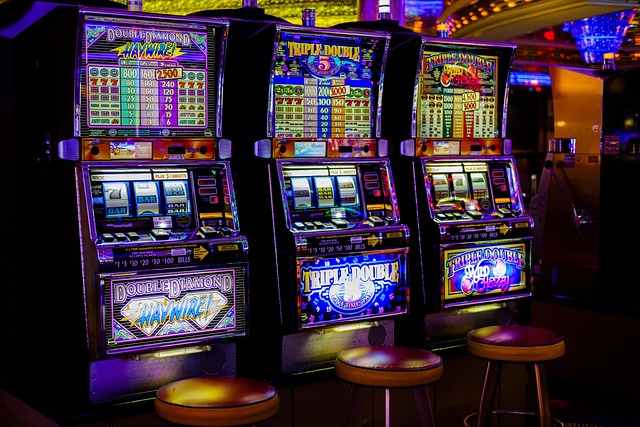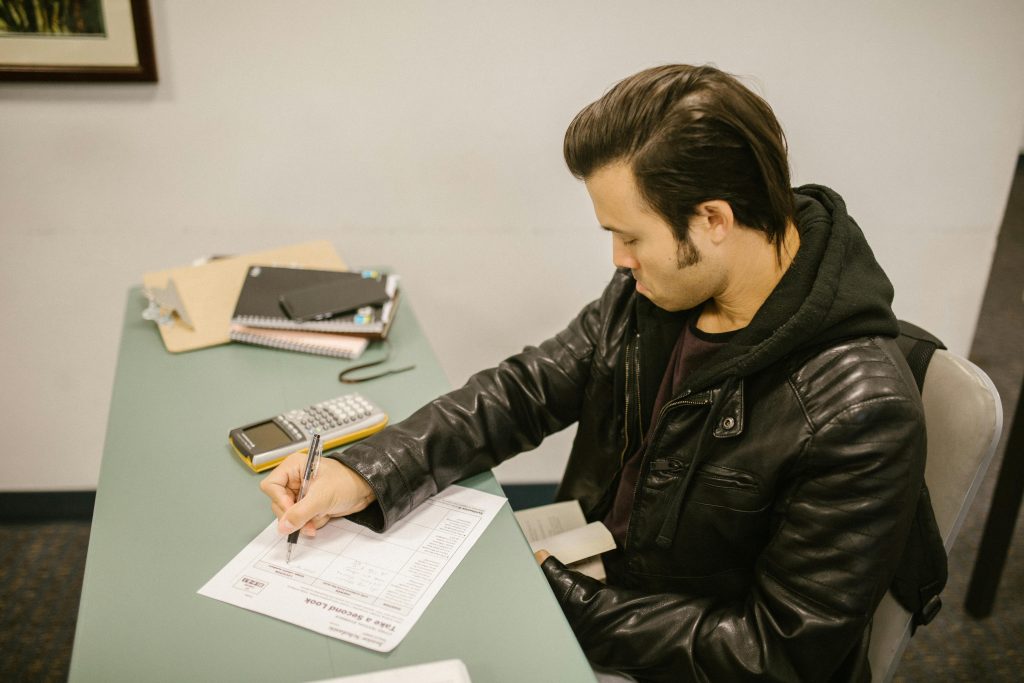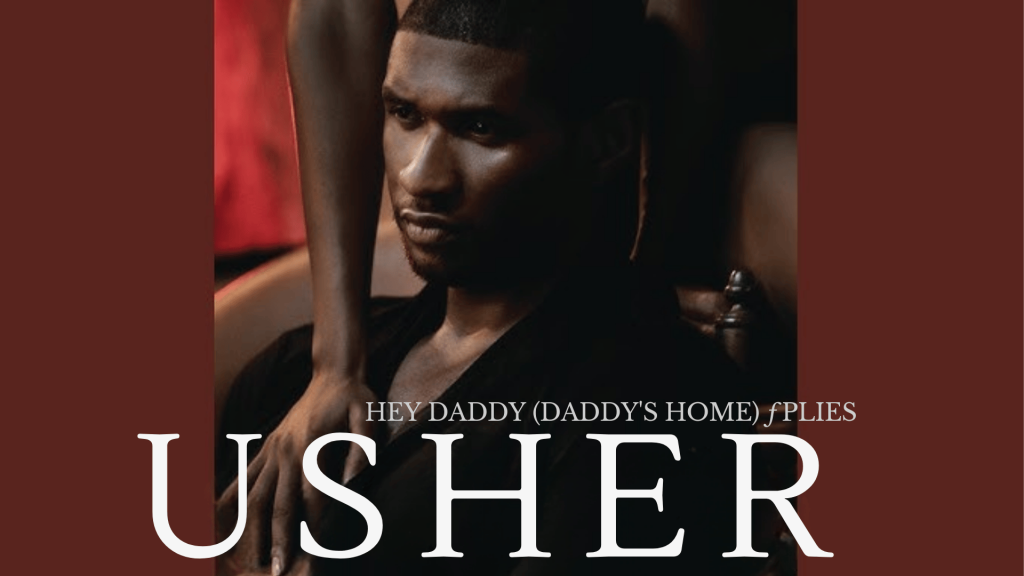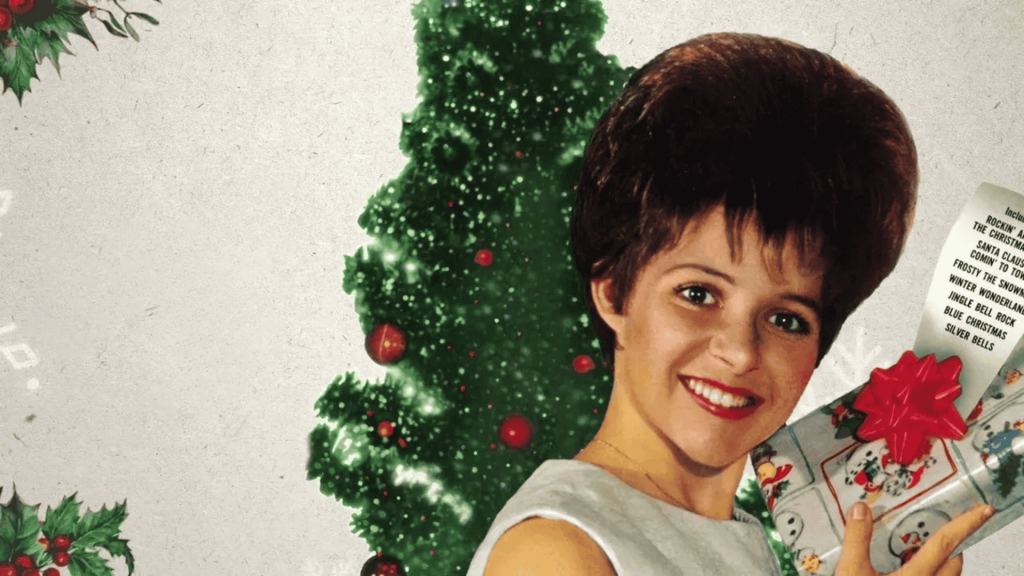The best stories happen when you least expect them. You’re flipping through a magazine, and suddenly a layout stops you cold, something about the way the text breathes around an image, the rhythm of how information unfolds across the page.
This is where the magic happens. When you start seeing design through a filmmaker’s lens, everything changes.
Suddenly, a book layout becomes a sequence of carefully orchestrated moments. A brand identity transforms into a visual narrative with its own pacing and emotional beats.
The principles that make cinema breathe, timing, rhythm, the interplay of light and shadow, begin to infuse your static designs with an unmistakable pulse. It’s not about adding motion graphics to everything; it’s about understanding how visual stories unfold, whether they move or stand perfectly still.
The Space Between Film and Design
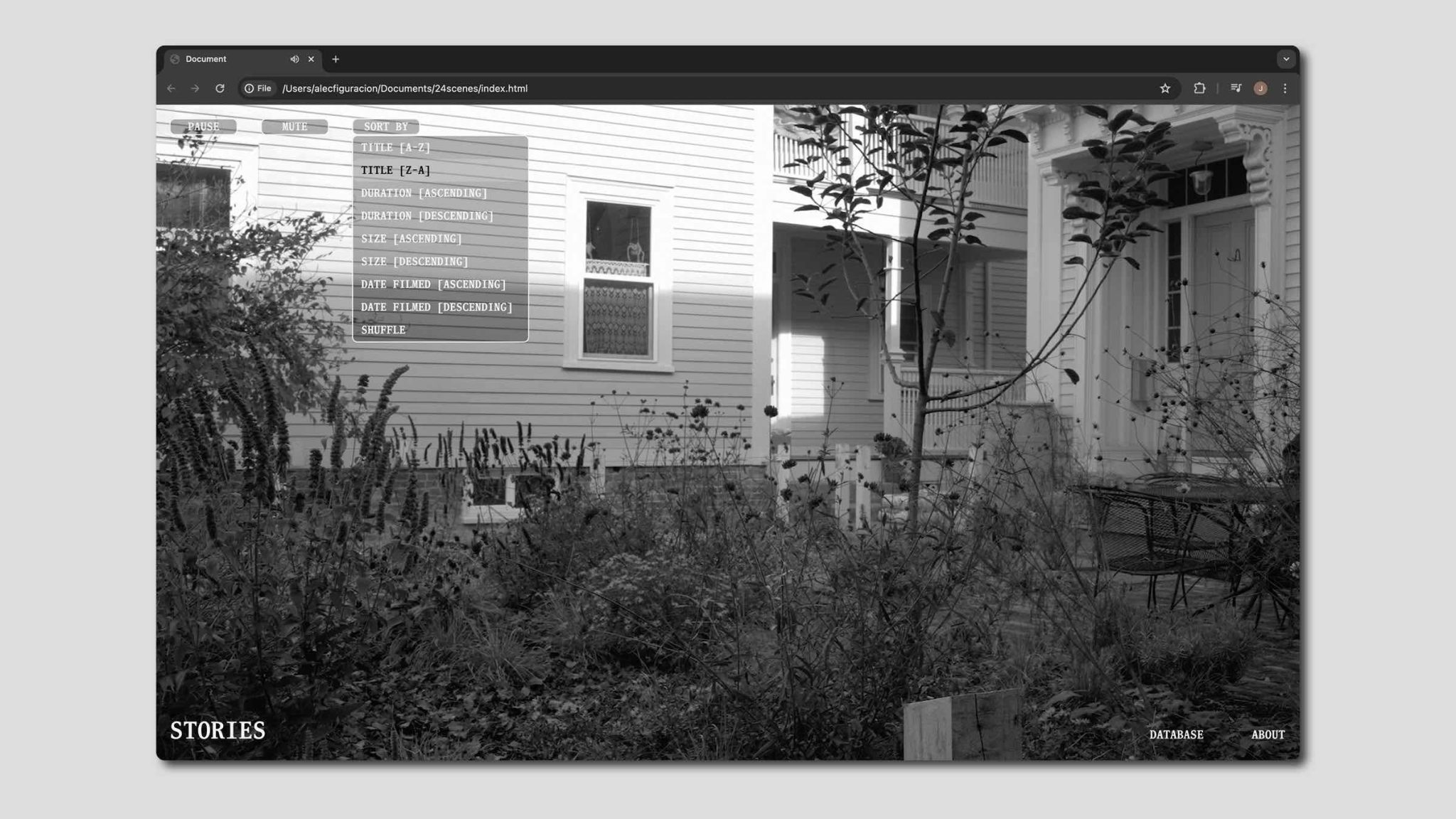
There’s something fascinating about creative professionals who refuse to stay in their lanes. They exist in that undefined territory where traditional categories break down, and honestly, that’s where the most interesting work happens.
Take someone like Alec Figuracion, whose journey from award-winning filmmaker to graphic designer illustrates this beautifully.
His narrative films have graced stages at prestigious festivals like Busan International and Osaka Asian Film Festival, yet today he’s crafting visual identities with the same storytelling instincts.
Think about how a film editor makes decisions. They’re not just cutting footage, they’re controlling breath, building tension, creating moments of release.
This crossover thinking shows up in unexpected ways:
- A poster might use cinematic tension through the rule of thirds
- Typography choices mirror film editing rhythm, creating pauses and emphasis
- Motion graphics focus on emotional guidance rather than flashy effects
- Even brochure layouts benefit from cinematic pacing principles
The challenge is that the creative world loves its boxes. Agencies want specialists, clients expect defined roles.
But the most compelling visual work emerges from practitioners who navigate this in-between space. It’s not about being unfocused, it’s about finding threads that connect different ways of visual storytelling.
When Film Instincts Meet Design Thinking
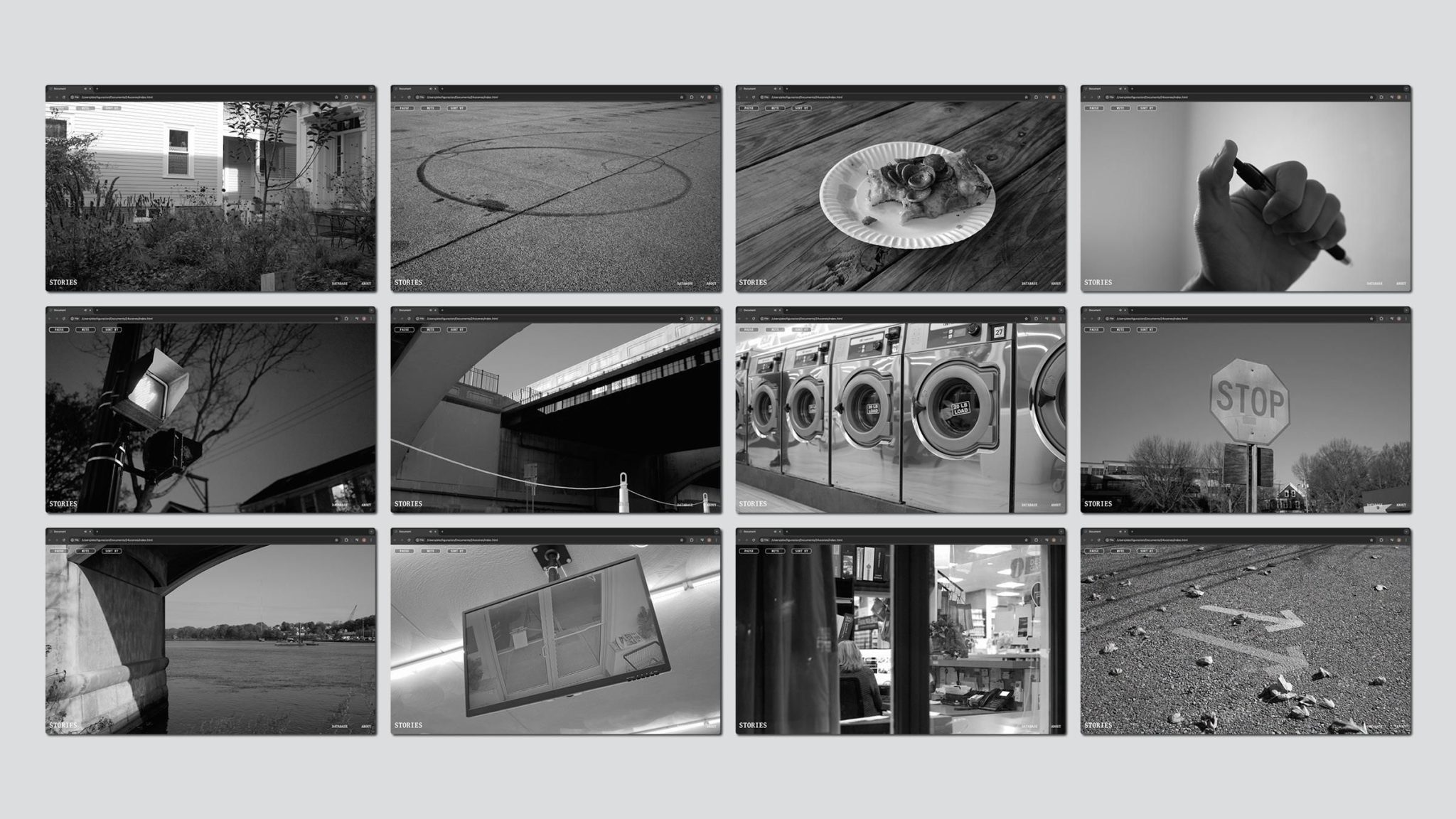
The decision-making process in filmmaking runs deeper than most people realize. It’s not just about what looks good, it’s about understanding how sequences of information create emotional responses.
- Strategic pausing – Just as films use silence before revelations, designers can let white space expand dramatically before key elements, building anticipation and focus
- Information pacing – Typography becomes rhythm management, controlling not just what readers see first, but how quickly they absorb each piece of content
- Emotional sequencing – Static layouts still have invisible timelines where headlines hit first, images pause the flow, and supporting text provides resolution
- Tension through composition – Film’s quick cuts that build urgency translate to tight spacing and sharp contrasts, while lingering shots become generous margins and breathing room
- Narrative hierarchy – Every design element plays a role like characters in a scene, with primary, secondary, and background players contributing to the overall story
- Anticipation building – Understanding when to withhold information and when to reveal it, creating the same psychological engagement found in cinema
- Flow control – Recognizing that viewing unfolds over time even in print, allowing designers to choreograph how attention moves and where it settles
This approach changes static work into something that feels cinematic without requiring motion, where every choice about spacing, timing, and reveal serves the larger narrative purpose.
Welcoming Imperfection as Creative Methodology
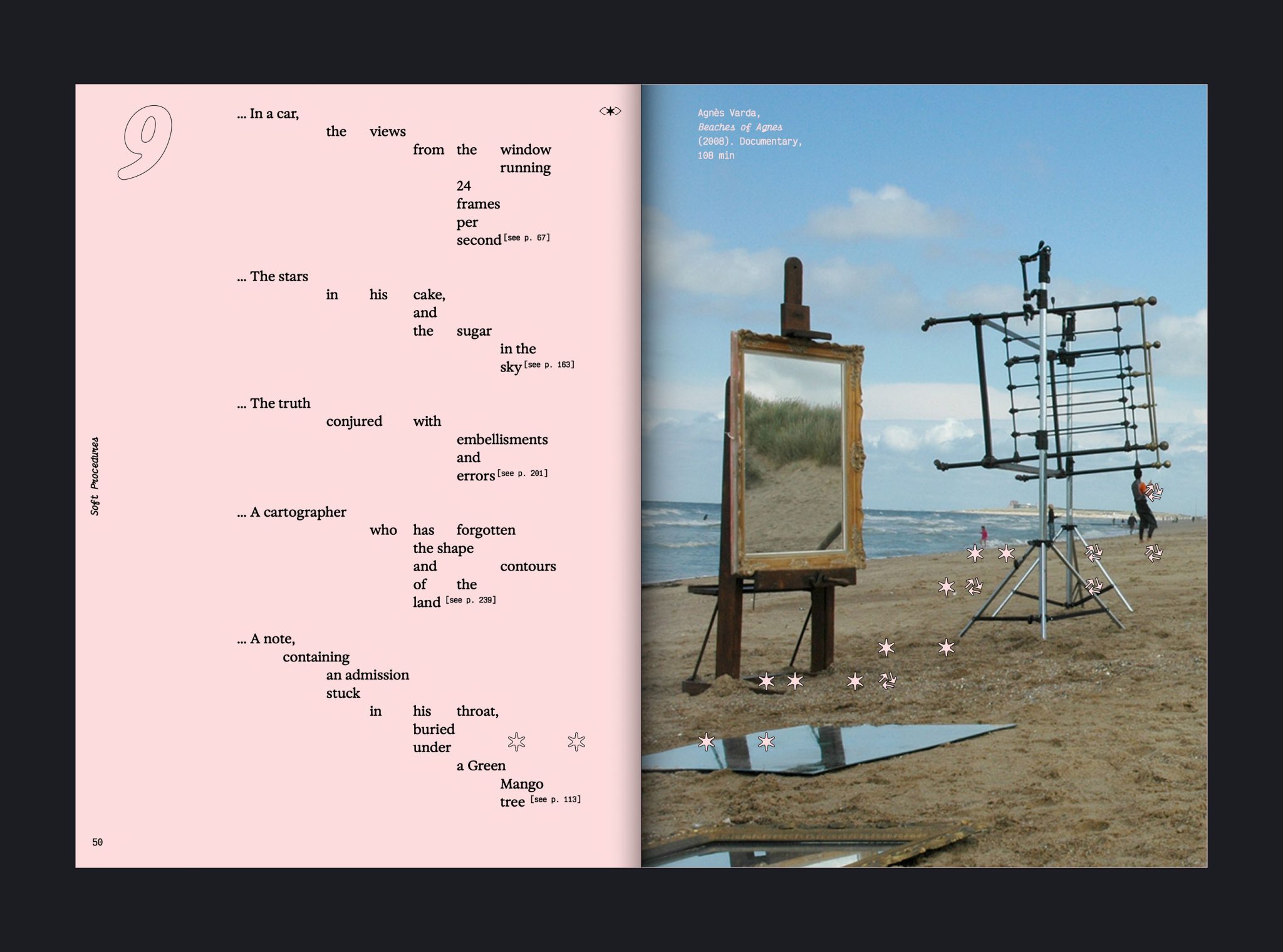
Here’s where things get interesting. We live in a world obsessed with pixel-perfect execution and razor-sharp clarity. But what if the answer isn’t more precision, what if it’s intentional softness?
There’s a methodology in embracing uncertainty, in allowing designs to breathe with a kind of beautiful imperfection. It’s not about being sloppy or careless.
It’s about recognizing that human connection often happens in those slightly blurred edges, in the spaces where interpretation becomes personal.
This philosophy finds expression in Alec Figuracion’s “Sugar Glass,” exploring memory through fragmented storytelling. His “Soft Procedures” thesis argues that haziness isn’t weakness but methodology.
By choosing overexposed photographs and blurred typography, designers create dreamlike qualities that suggest rather than declare. In a field rewarding perfection, choosing softness requires confidence and trust in your audience’s intelligence.
How to Make Still Designs Feel Alive?
How cinematic techniques like depth of field, visual rhythm, and choreographed eye movement bring static designs to life, turning every layout into a carefully directed experience.
1. Visual Poetry in Static Form
Even without actual movement, static designs can pulse with cinematic energy. There’s something called “visual poetry” at work here, the same quality that draws people to filmmaking, now applied to books, posters, and brand identities.
This isn’t about forcing motion into stillness, but about understanding that powerful design carries its own internal rhythm. Every layout becomes a frame that tells a complete story in a single moment.
Take inspiration from designers who’ve mastered this approach, creating work that feels alive through careful attention to how elements relate to each other spatially and temporally.
2. Borrowing From Film Language
This approach draws directly from cinema’s toolkit. Using depth of field effects in layouts, bringing certain elements into sharp focus while letting others recede into softer backgrounds.
Text treatment becomes dialogue, different weights and sizes create the same kind of emphasis that an actor’s inflection brings to a line reading. Color palettes shift and flow like a film’s lighting design, guiding emotional responses throughout the viewer’s journey.
Consider how Alec Figuracion applies these principles in his publication work, where each spread functions like a carefully composed film frame with its own emotional rhythm.
3. Choreographing the Viewer’s Eye
The key is understanding that a viewer’s attention moves through a design the same way it follows a camera movement. This journey gets choreographed deliberately, using techniques like leading lines and visual anchors to create what feels like motion even in completely still compositions.
Exhibition designs particularly showcase this approach, where visitors move through space experiencing layouts as a sequence of connected moments. Each piece builds on the last, creating narrative flow without requiring actual animation.
These techniques shape contemporary practice, but they’re also pointing toward something bigger, a future where film and design don’t just inform each other, but merge into something entirely new.
Final Thoughts
Remember that moment when you’re flipping through pages, and something just clicks? When a design stops you not because it’s flashy, but because it feels right, like it has its own heartbeat?
That same alchemy happens every time you approach design with a storyteller’s instincts. Whether you’re crafting a film sequence or laying out a magazine spread, you’re fundamentally guiding someone through an experience, creating moments that resonate beyond their immediate purpose.
The future belongs to creators who blur disciplinary boundaries. In this fluid space where cinematic thinking meets graphic sensibility, entirely new forms of visual poetry are waiting to be uncovered.
Ready to bring cinematic storytelling into your design work? Start by watching how your favorite films control pacing and emotion, then apply those same principles to your next project.


